To The Devil A Daughter (1976)
Directed by: Peter Sykes
Written by: Christopher Wicking, Dennis Wheatley, Gerry Hughes, John Peacock, Peter Sykes
Starring: Christopher Lee, Denholm Elliott, Nastassja Kinski, Richard Widmark
UK
AVAILABLE ON BLU-RAY AND DVD
RUNNING TIME: 95 mins
REVIEWED BY: Dr Lenera, Official HCF Critic
SPOILERS!
Michael Rainer is ex-communicated from the Church of England for attempting to bring a personification of the Devil to Earth. Twenty years later, and Rayner is in Bavaria, the head of a Satanic order deceptively called ‘The Children Of The Lord’. He sends his godchild Catherine Beddows to London to join her father Henry for her 18th birthday. Several years ago Henry was forced into the cult’s doings, but when he witnessed his daughter involved in a diabolical ceremony he broke away, and now places Catherine in the care of Jim Verney, an occult novelist and and an expert on Satanism. Elsewhere, a demonic baby is born, and it seems that Rayner wants to re-baptise Catherine on her birthday as a vessel for the resurrection of Astaroth……….
The synopsis I have written above of the first third of To The Devil A Daughter probably sounds a little confused, and in fact it is, to the point where, after several viewings over the years, I’m still not entirely sure of what the hell is going on in this movie, or the role of certain characters. Yet there’s still something rather unsettling about this very un-Hammer-like horror movie from Hammer obviously inspired by the success of The Exorcist and the buzz around The Omen which was currently in production, even if as a film it doesn’t come anywhere near Hammer’s previous Dennis Wheatley-based horror The Devil Rides Out. I distinctly remember as a child being allowed to watch it and finding it rather uncomfortable and disturbing, a rather different kettle of fish to the Dracula and Frankenstein Hammer movies I was used to seeing, and my dad certainly wasn’t too impressed with me watching it, even though I think the most lurid scene was cut out. The shots of a horrid demon baby in the mirror really frightened me and stayed in my mind for weeks afterwards. Despite being, quite frankly, a mess that often looks as if scenes are missing, it nonetheless has some very memorable moments of horror, a well achieved atmosphere of nastiness, and a quick summary of its great production difficulties may make you marvel at the film turning out as well as it did!
Hammer initially planned this to be part of a TV Wheatley anthology called The Devil And All His Works. Then the film was set up, to be co-financed by EMI and Germany’s Terra-Filmkunst. John Peacock wrote the initial script, which was then simplified by Roy Skeggs when EMI began dragging their heels about supplying their portion of the money. It was then rewritten by Christopher Wicking who thought that the novel was really bad and had no compunction about changing it extensively, while no less than Ken Russell and Mike Hodges were approached to direct. Don Sharp got the job, but was soon replaced by Peter Sykes. Klaus Kinski was intended to star with his daughter Nastassja, but Klaus, at the height of his bad behaviour, said, “I promise you’ll have me for ten days, after that, anything could happen”, so several others were considered before Richard Widmark got the part. The film was shot at Elstree, various London locations and the Hellfire Caves and Dashwood Mausoleum. Widmark walked off the set several times due to being given new script pages each morning, the screenplay still being worked on by Wicking, Sykes and Gerry Hughes. Then the original ending of Father Rayner bursting into flames and transforming into various creatures was deemed unsatisfactory. Hammer asked EMI for more money to shoot another ending, but were turned down and had to make do with what they had. The film was a moderate hit, though Hammer were in such dire straits financially that they saw little of the winnings. The critics weren’t too kind and Wheatley hated it so much that he forbade Hammer from ever filming one of his books again.
The film reveals its often fragmented narrative right from the start, where to first time viewers it probably isn’t clear what is being shown and who is doing what. Most of the characters are preparing for some kind of important ‘religious work’, much of it involving a pregnant woman rushed to a hospital. She then has to have the baby with her hands tied to the bed, her legs bound together and with no anaesthetic in quite a grueling moment inter-cut with Catherine writhing, after which she is given a lethal injection. Our hero Jim Verney is an occult writer and expert and therefore, like the Duc de Richleau, just the kind of guy you want on your side when the forces of evil are threatening. Awkwardly inserted flashbacks give us some of the exposition, including a bit that’s both perverse and a little amusing when Henry, who then becomes bound to the Satanists, sees Father Rainier have sex with the woman who was pregnant while some Satanists hold a statue of Astaroth over Catherine so it’s having sex with her. What with there also being a bit later on where Catherine is shown naked full frontally and most definitely in a sexual manner, there would be little chance of these scenes getting through today considering that Kinski was only 14 years old when she shot them. In fact I’m surprised that the film is still complete in the UK. As with the previous Wheatley adaptation, it all becomes a race against time to prevent a diabolical ceremony being performed on an important day, this time Catherine to be turned into Astaroth [I think – it’s all rather vague].
There’s less pace and action here, despite a few highlights like a man bursting into flames, and a couple of murders oddly take place off-screen [perhaps it was thought that there was already enough material to annoy the BBFC, though they passed it uncut]. There are still some great ideas – I, for example, love the notion of some churches having certain books chained up because the material in them is so conscientious. And then we get to that non-climax, where we’re suddenly introduced to two instances of arcane law out of literally nowhere and Verney throws a rock at Rainier, whose body then disappears as the colours on the screen go all bleached. But at least we wonder what Verney’s let himself in for when Catherine looks at him in a slightly sexual manner. It’s just before this where we get the most shocking bit of business in the film which really horrifies and may even make you feel sick [and which Wheatley most objected to], when Catherine appears to have the demon baby have some kind of sex with her, after which she pushes it into her womb. The baby is probably a puppet and for younger viewers may look silly compared to the computer generated way it’ll probably be realised today, but some of us oldies often find that CGI actually looks more fake. To my eyes, it looks truly revolting and betters the one in It’s Alive. The trouble is that, like much else, the scene I described a few lines above just makes no sense, unless it’s meant to be a dream, because just afterwards you see Rainier kill the baby to baptise Catherine in its blood. Actually, the whole role of the baby is never clear, and neither is Catherine’s role or precisely what Rainer is trying to do. Apart from two followers there’s no sense of an actual cult except for those flashback scenes, and why does one of them bleed herself to death? Surely it isn’t required that every drop be drained from her body just so that a small amount can be trickled around a magic circle? Or was she feeding the baby?
Of course many great horror films, from Vampyr to The Beyond, thrive on being surreal and get away with not making sense, but it seems obvious that in To The Devil A Daughter it’s just because of all the script difficulties, and it looks like some clarifying material was removed and some new footage, perhaps that with the baby, was shot and inserted to make the movie more horrifying. I’d love to know exactly what was cut and what was added but I couldn’t find any details. Still, it sounds like I’m being very hard on the film, and I cannot deny it is often oddly effective despite its problems. David Watkin’s camera work is sometimes quite stylish, notably when Catherine is stumbling around London where we see lots of odd and distorted angles, while John Trumper’s editing is at times rather disjointed, but there’s a case for claiming that this actually seems to help the film even though the opposite ought to be true. You may get fed up of the many aerial shots of London, but it’s nice to see a Hammer film not shot on the usual sets or in Black Park – though of course the film doesn’t seem much like a Hammer film at all. Sadly Sykes is unable to really hold it all together, but certain moments are handled with some cleverness, like the nice use of sound when Henry has been knocked on the head and the audio is muted during the subsequent gun play.
Richard Widmark’s frustrations do show in his performance, but you could say that it works for the crusty character and the situations in which he finds himself. Rainier is perhaps a typical role for Christopher Lee, but he really is at his most chilling. His diabolical smile, while everyone else is revolted, after the ‘birth’, is quite frightening – and no, that’s not him during his nude scene, it’s Eddie Powell his usual stunt double. Kinski, in her second role, already has that peculiar combination of innocence and lasciviousness she later displayed so well in certain films, despite her tender age – though most viewers could be forgiven for thinking that she’s several years older than she actually is. Denholm Elliott is also very good, evoking the torment of somebody bound to the forces of darkness and desperately trying to find some kind of salvation. Paul Glass contributes a very disturbing, modernistic score, deliberately devoid of actual ‘themes’, that I imagine would be quite a terrifying listen on its own. The way it uses conventional instruments, and even the human voice, in a very avant garde way is quite remarkable. To The Devil A Daughter has some fine things in it but just doesn’t totally come off, and I really think that this is one movie that the company, who have been making films again for some time, could justifiably remake with better results, even if they would have to do without Lee. There is though, something about this film that lingers in the mind, that makes it probably more interesting a horror film than many of distinctly ‘better’ quality. Though you could spend ages picking it apart, I still rather like it the way it is.
Check out Bat’s review of To The Devil A Daughter, recently released on Blu-ray by Studio Canal, here: https://horrorcultfilms.co.uk/2018/01/devil-daughter-1976/

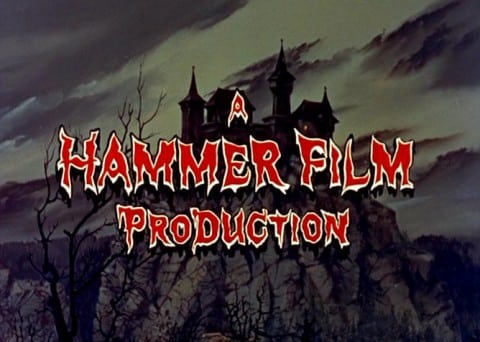
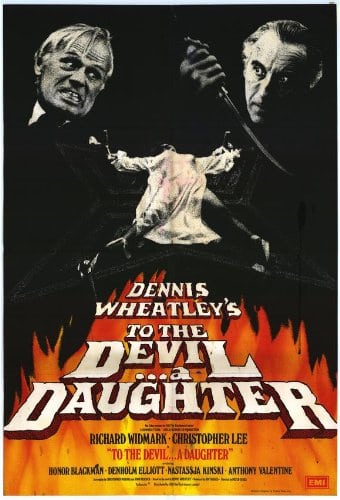
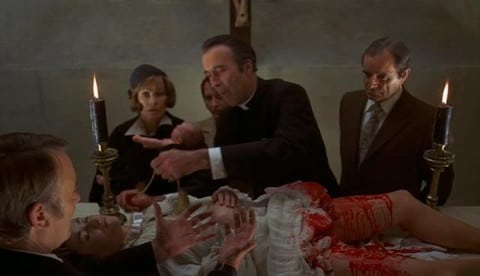






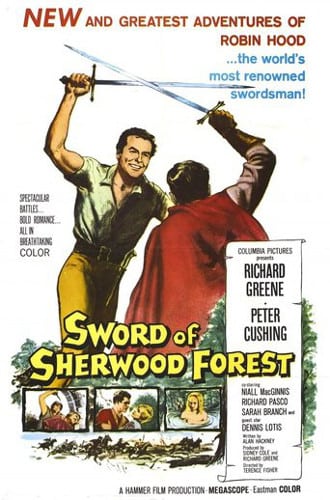
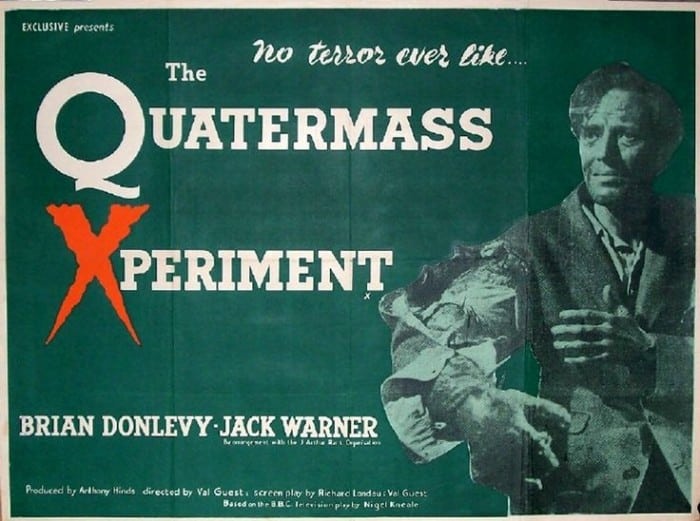
I really enjoy watching the this film all time, “To The Devil a Daughter” It has alway being one of my favourite film,s of a time,s.